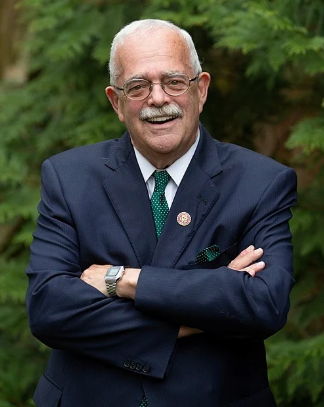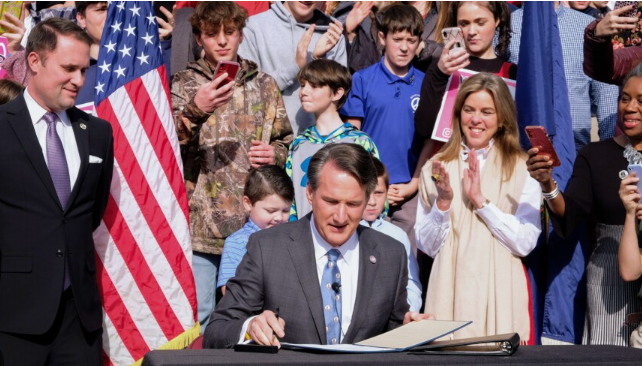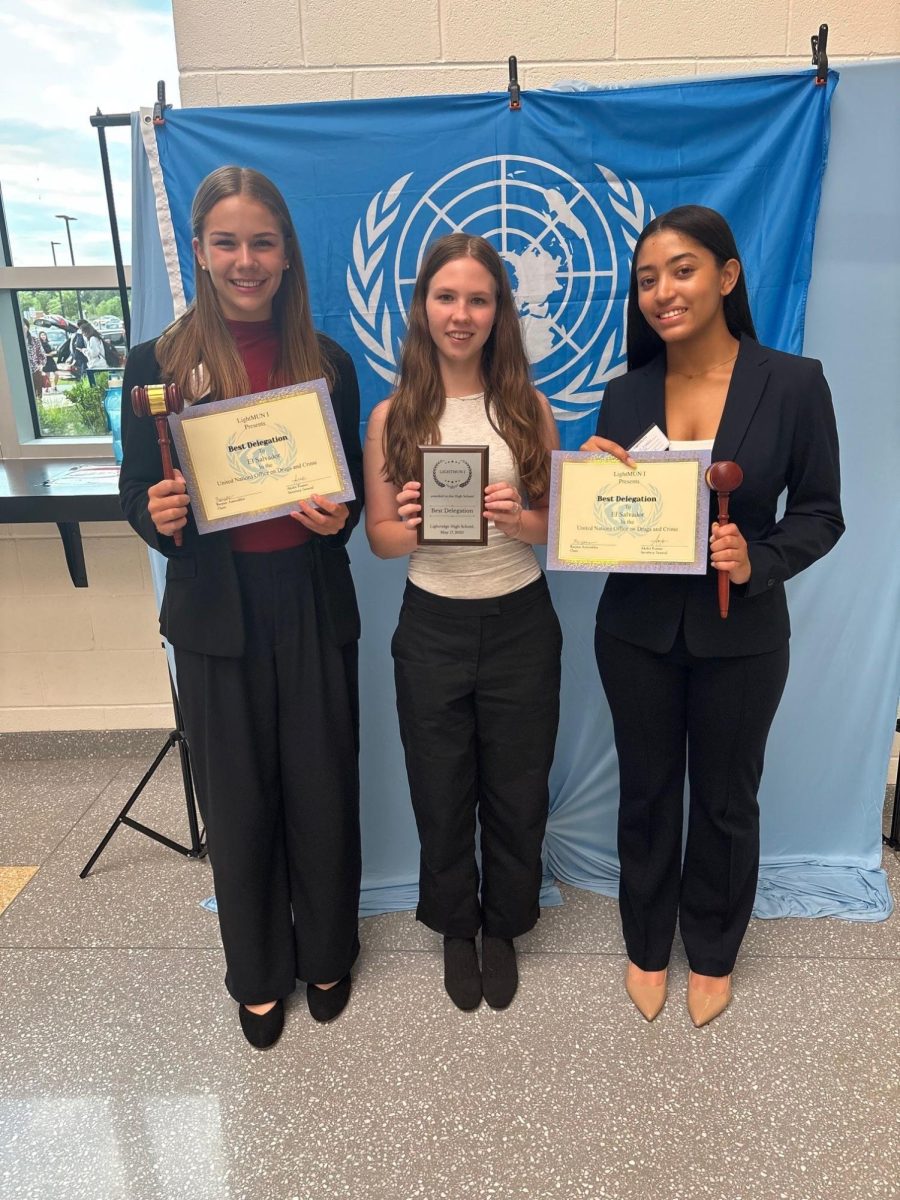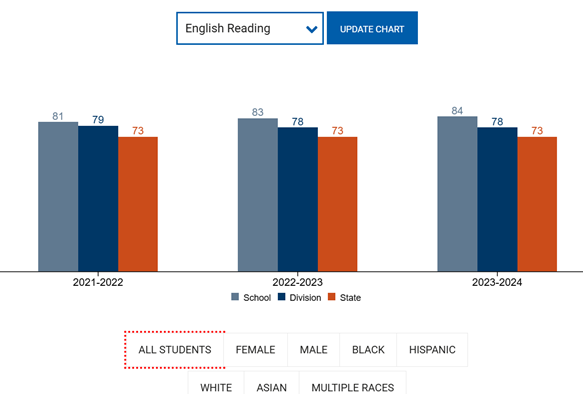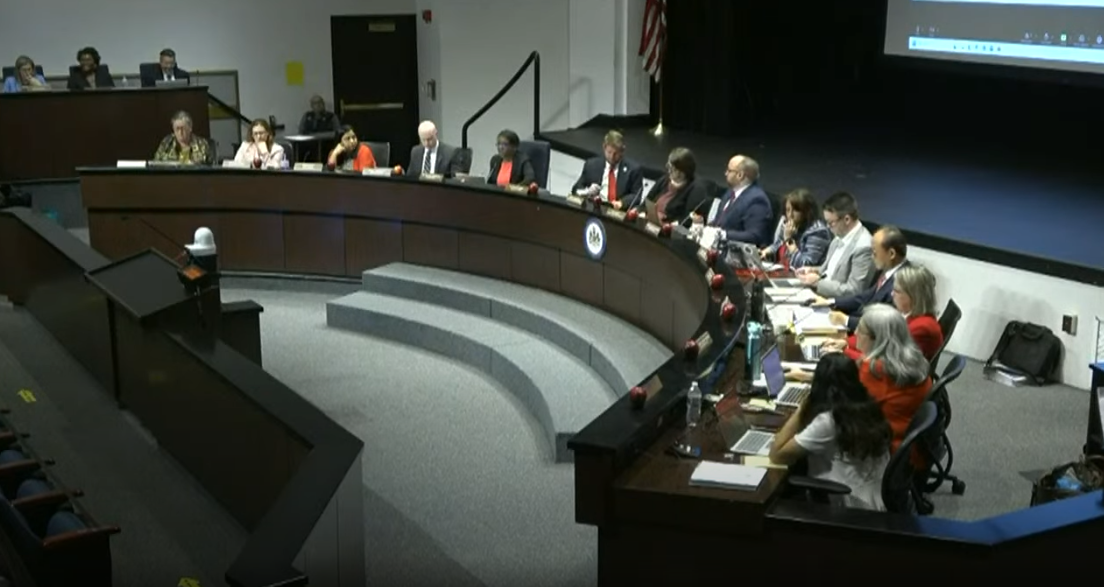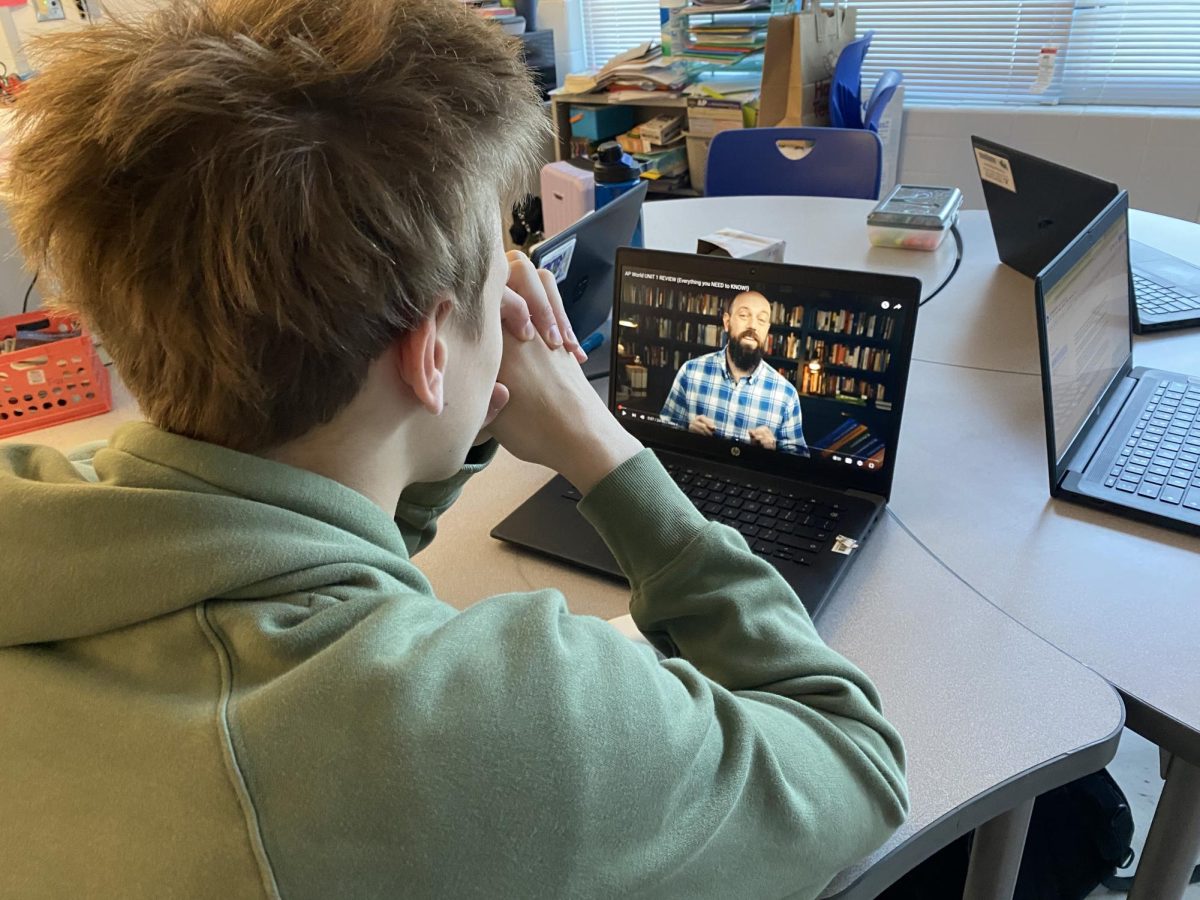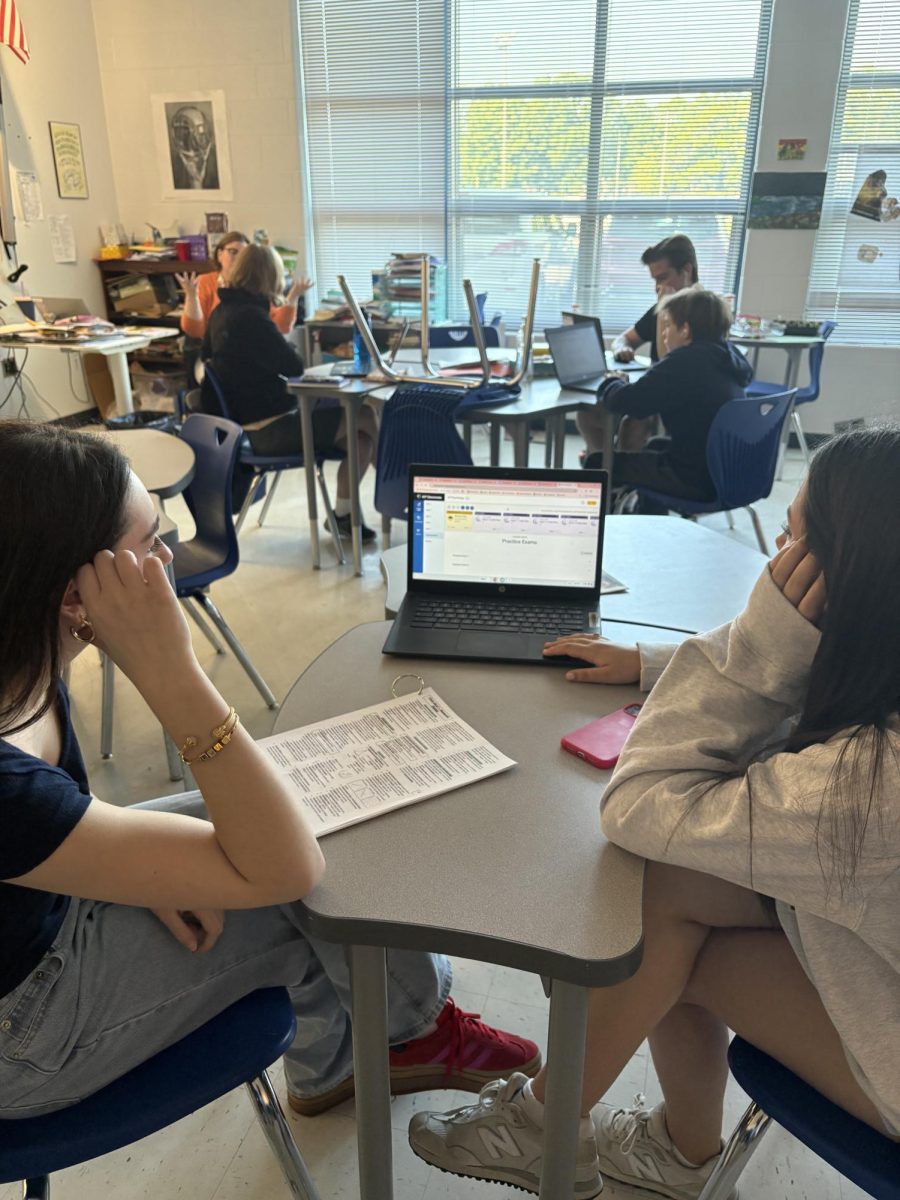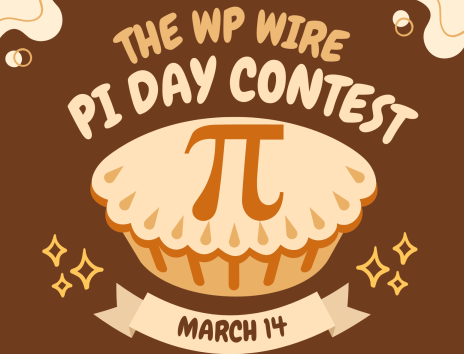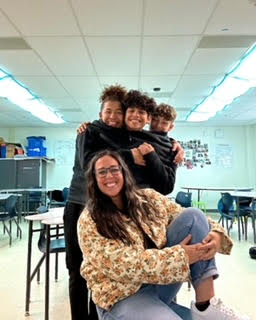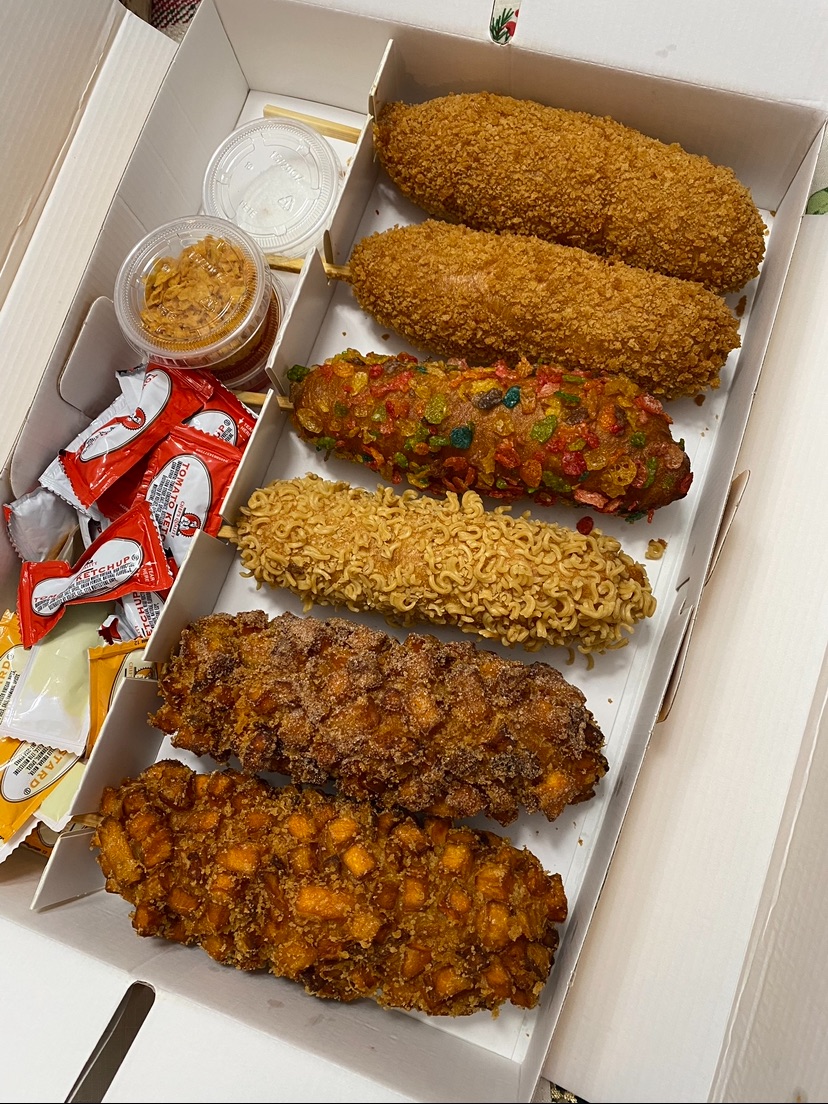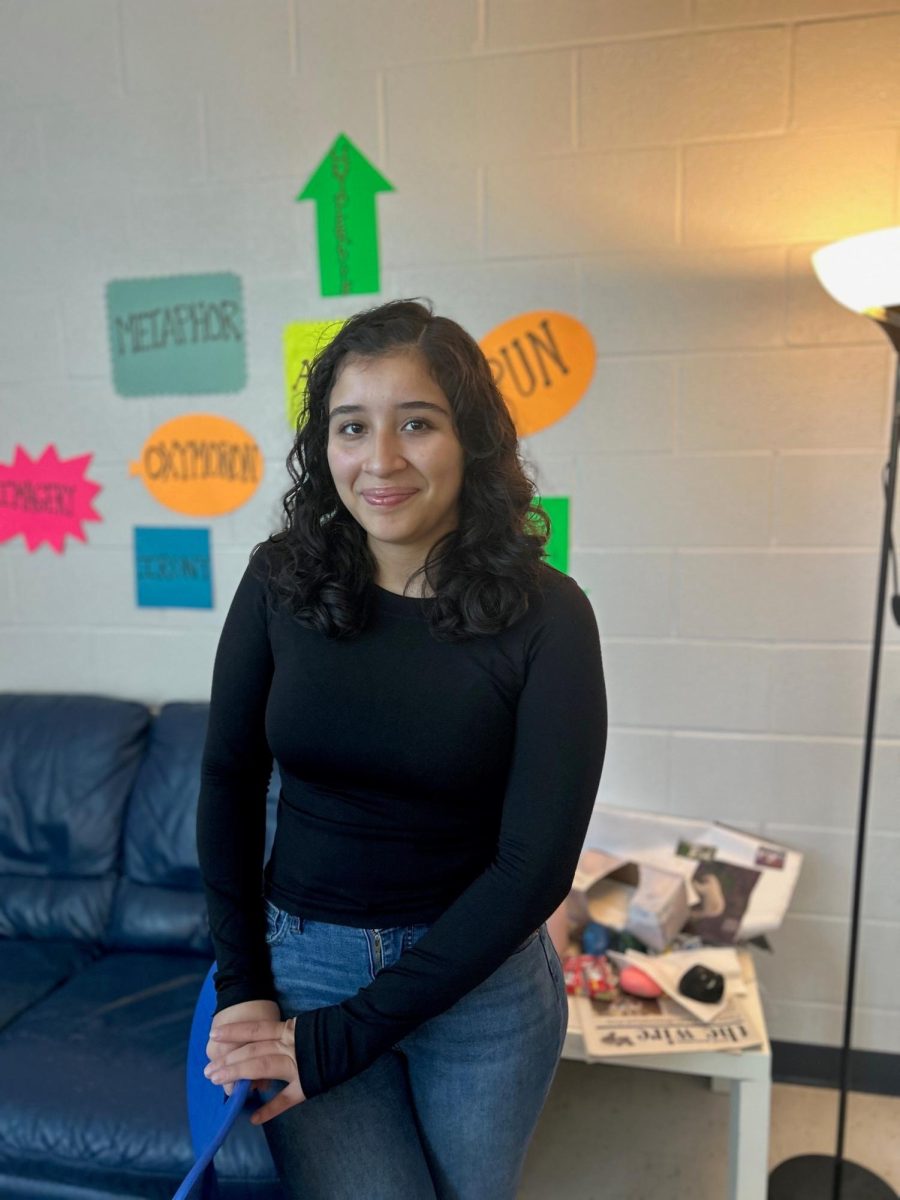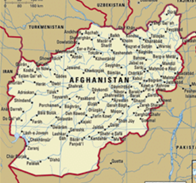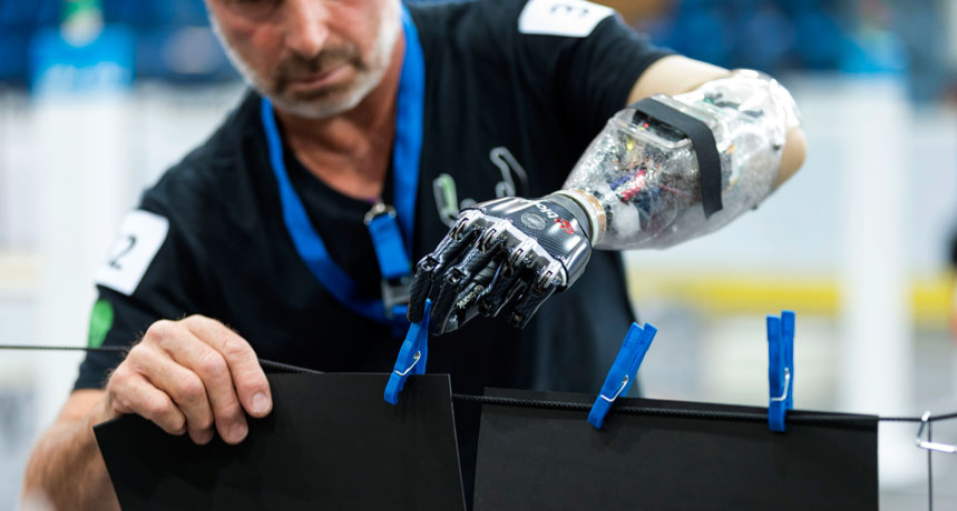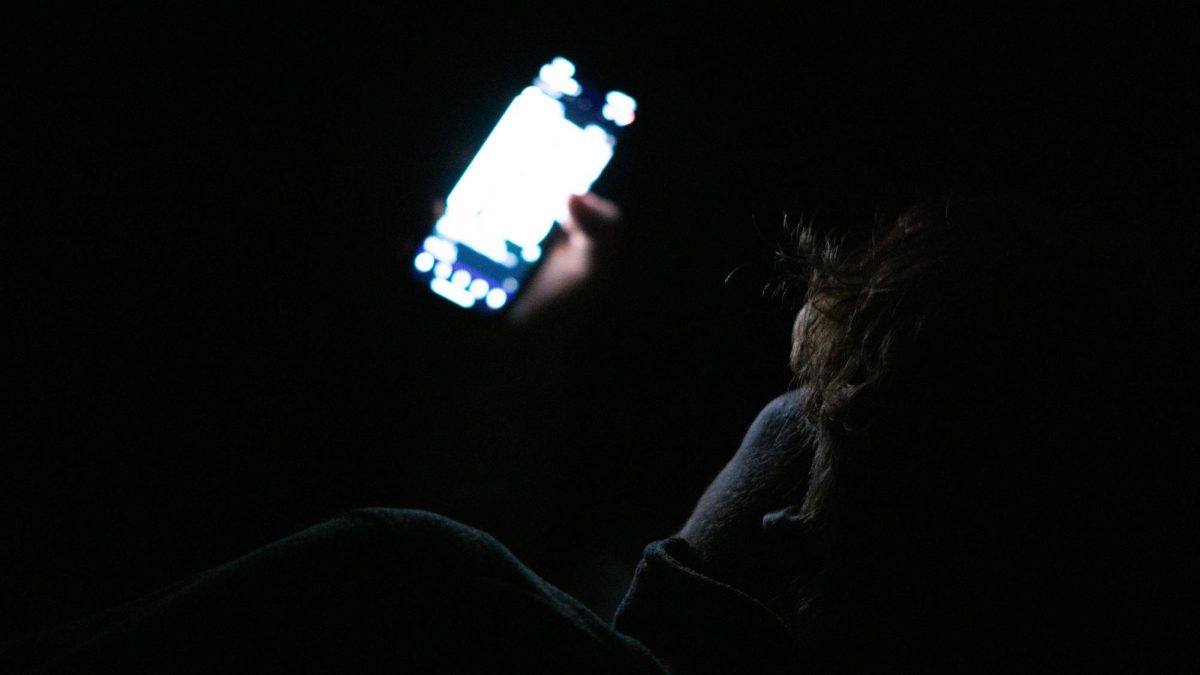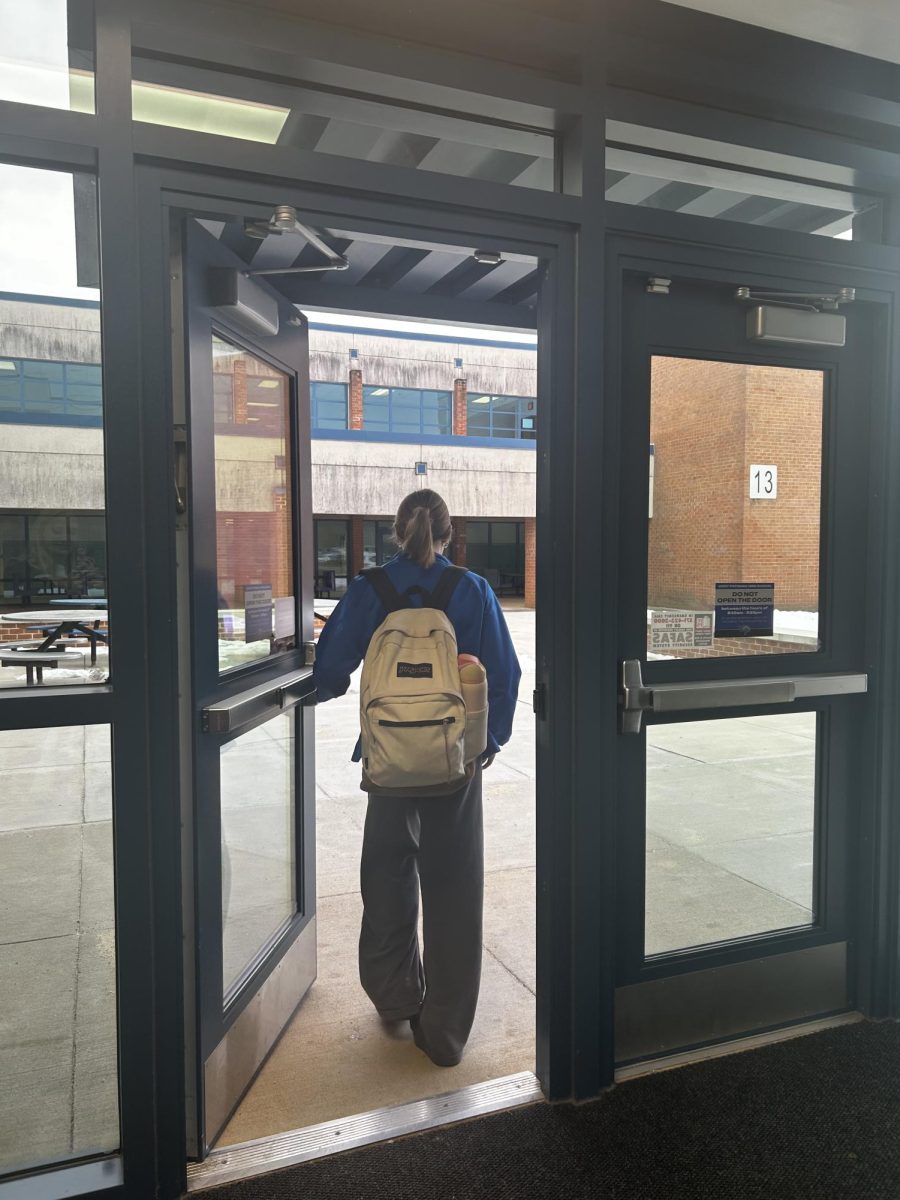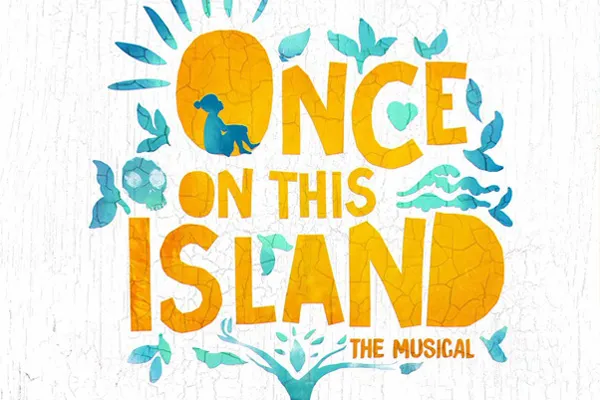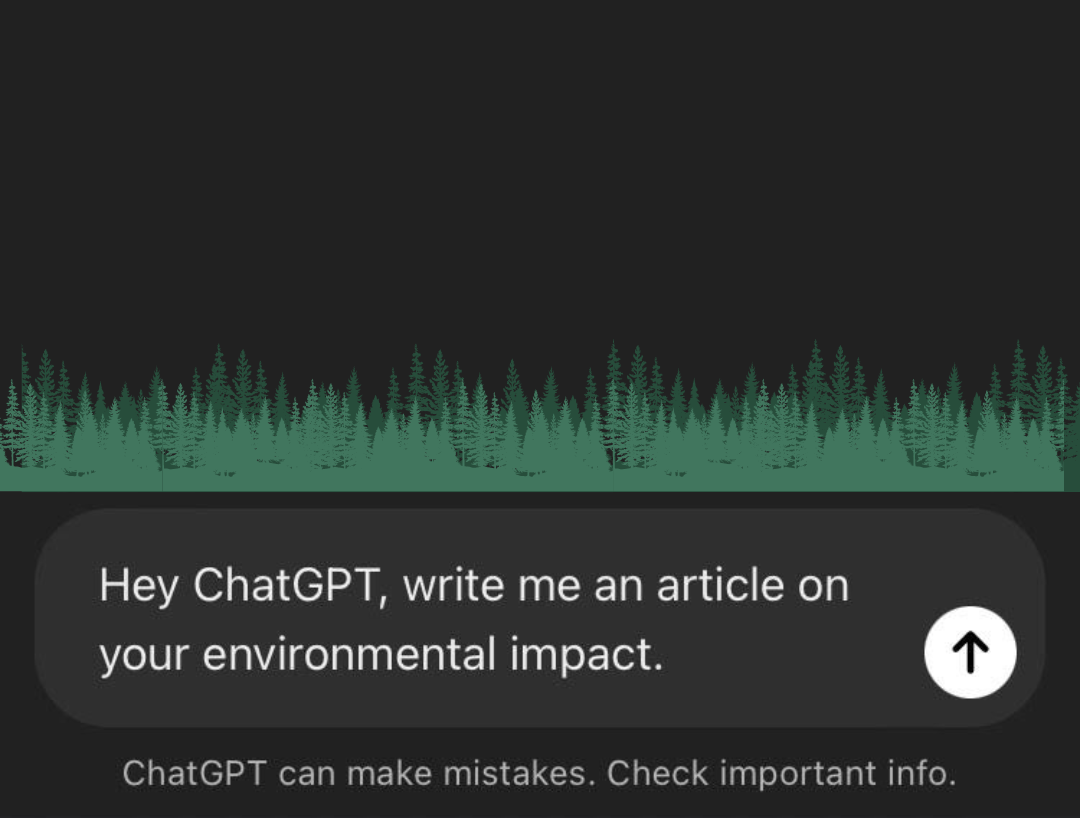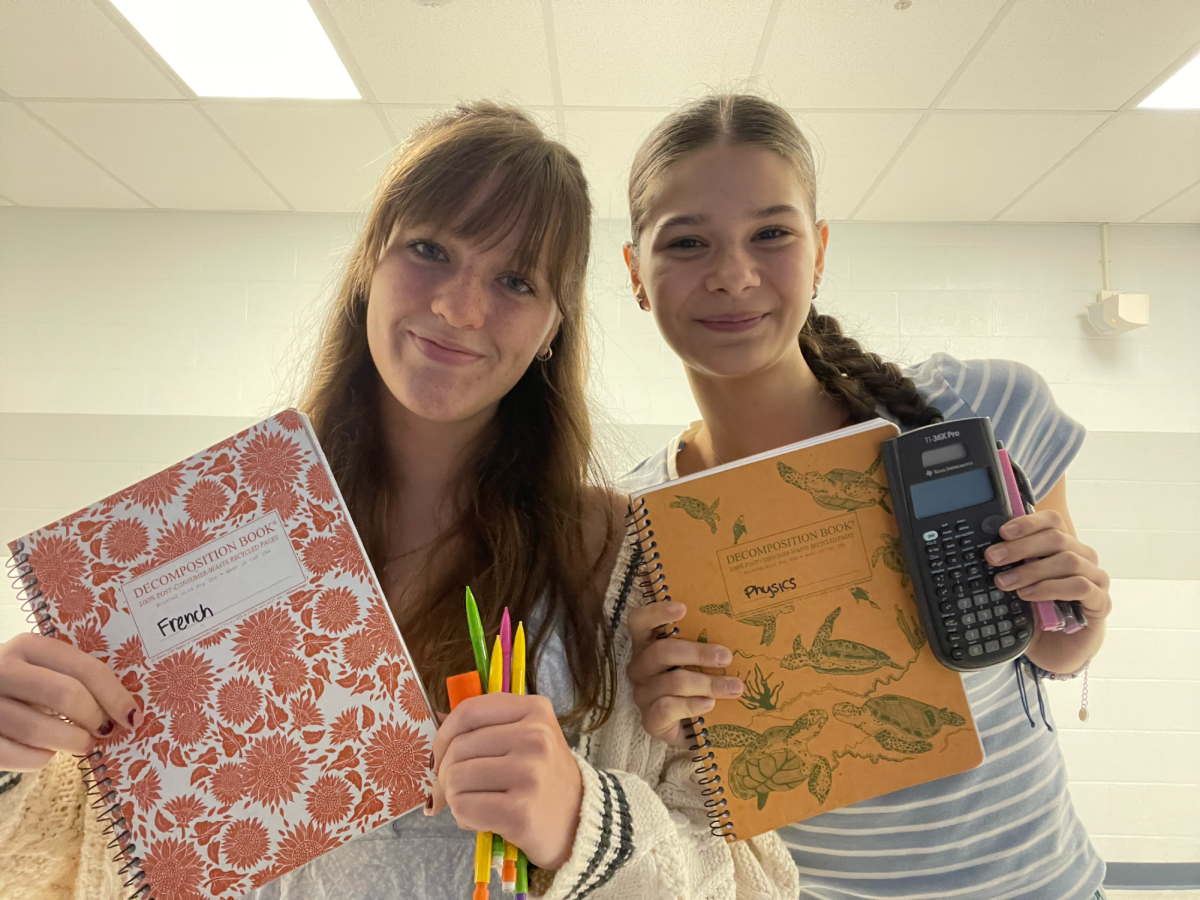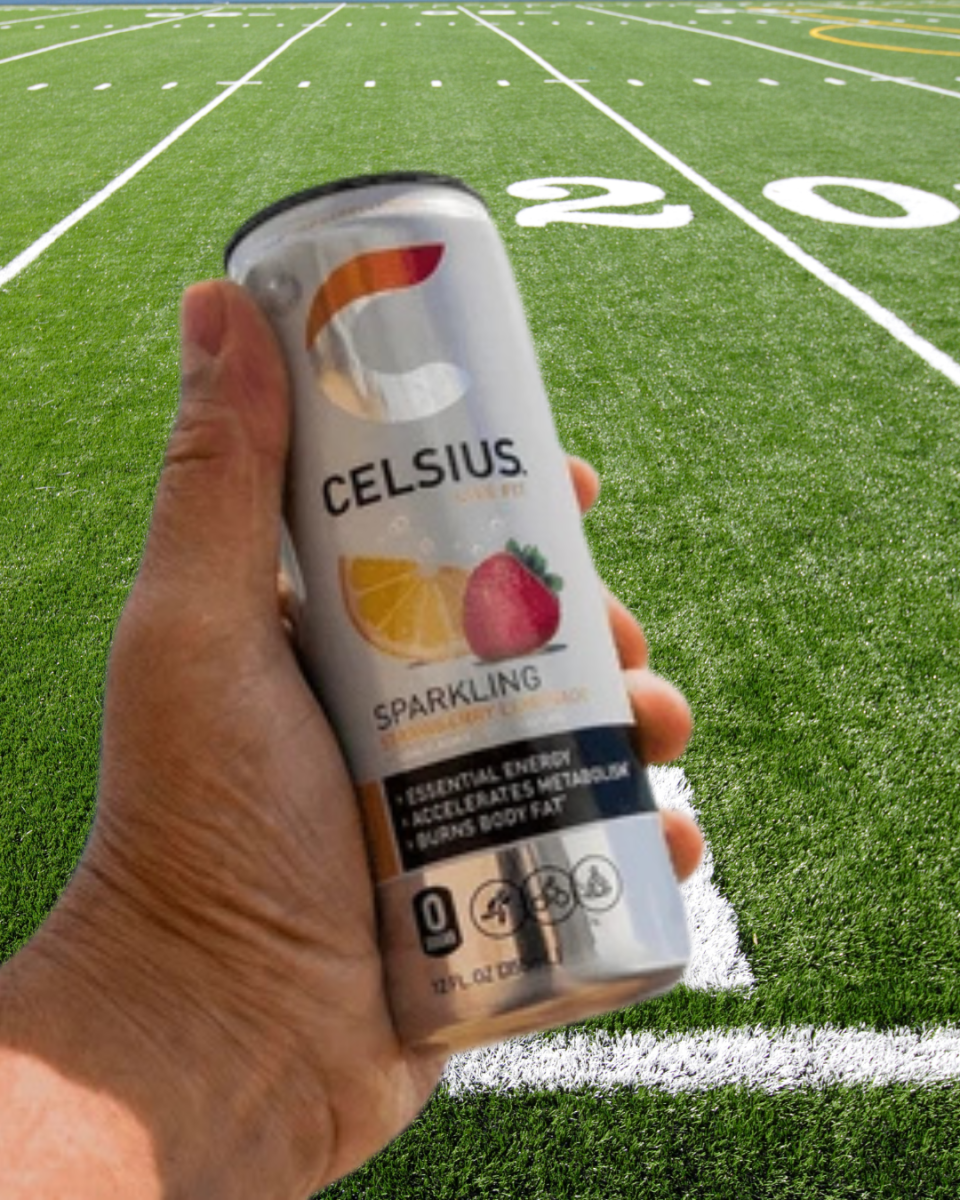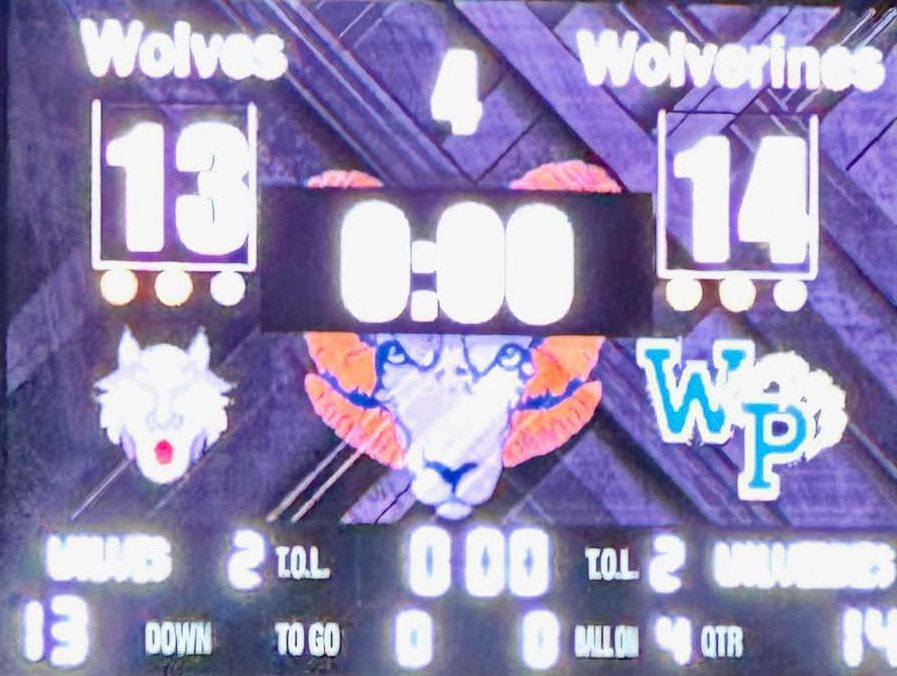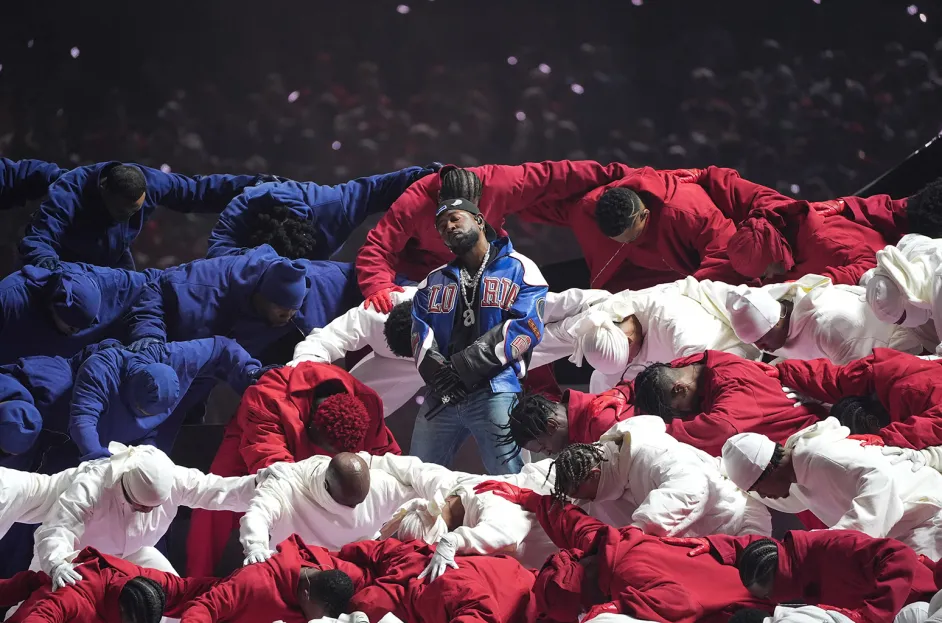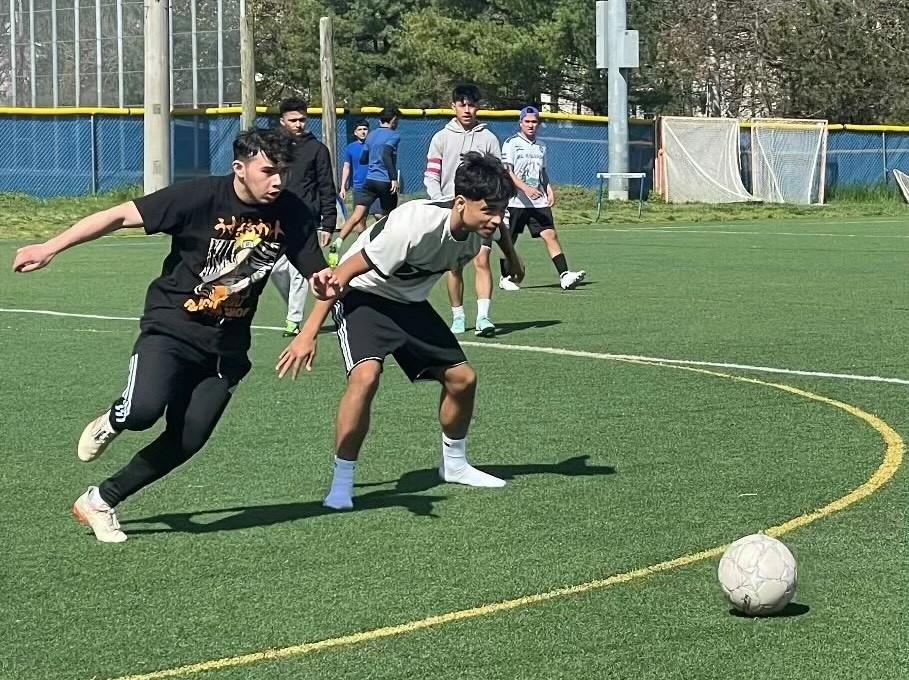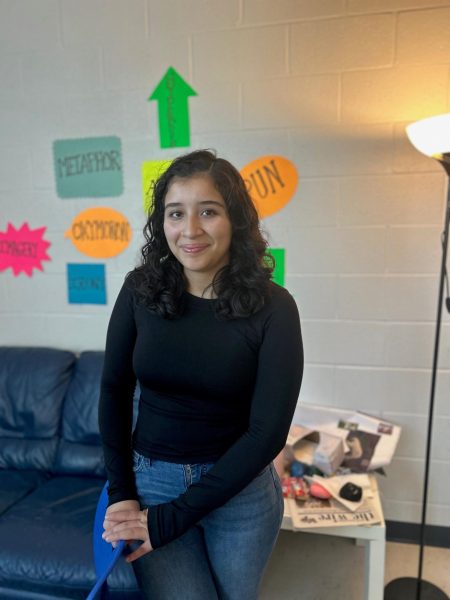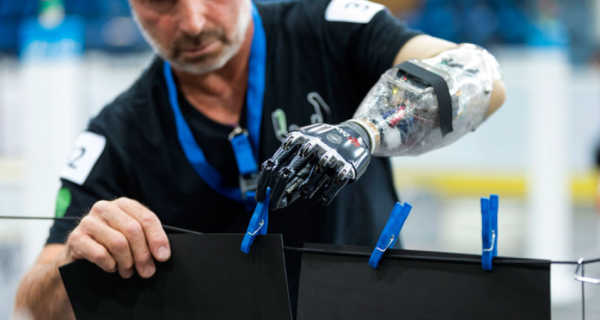West Po Grub Misses the Sweet Spot
My first positive impression of West Potomac High School was the grub. On my very first day of freshman year, the cafeteria served a stunning chicken cordon bleu. Lunch lines were separated by culture, while happy signs encouraged us to balance our diets.
Little of the cafeteria’s former glory remains. The steady decline had begun before COVID but now has accelerated with the lack of nutritious content available at West Potomac.
Nowadays, I leave the cafeteria with a smile from the friendly employees and a reminder to grab a fruit, but little else. Out of necessity, trays have been replaced with weak cardboard boxes that flop out of your hands with the slightest mismanuever.
The shift to providing kids at school with free lunches is a necessary one but lacks structures that keep lunches efficient or sustainable. Cafeterias seem to be running out of money and or resources to adequately serve students. For example, schools aren’t required to provide any vegetarian options.
A study in 2019 found that although there has been a rise in vegetarianism and veganism throughout the nation, FCPS has done little to accommodate this need. Options for vegetarians include cheese sticks, nachos, pizza, and Smucker’s peanut butter and jelly sandwiches, although Smucker’s has been AWOL recently. Also, thanks to the absence of Smucker sandwiches vegans are almost completely isolated from school lunches, unless they want to pick around chicken and eat stale rice or drink an ultra-sweetened juice. One new menu item has also come into play: a bag containing a pretzel, an apple, and a cup of yogurt. The common thread between these food items is that albeit some are tasty, they lack the calories or portion size needed to make a fulfilling, healthy meal.
“I used to have a degree of choice, but since lunch has become free it’s gotten a lot worse. Sometimes, I do not have enough to eat. There have been days when I just had to buy a bag of chips because I didn’t like the one vegetarian meal they did have,” according to senior and vegetarian Monica Decorla-Souza.
For the foods that are filling, they are at the other extreme. Our meals have started to become funded by companies that don’t seem to have our best health interests in mind. Pop-Tarts and Cinnamon Toast Crunch have replaced the scone and cinnamon roll options at the beginning of the year. In Daniel Newman’s Unrig (available in the West Po Library), food processing companies were linked with behind-the-scenes corruption which incentivized politicians to change the definition of “nutritious fruit” to include canned fruit in sugar syrup. Sound familiar?
“It’s ridiculous how little money the school puts into feeding its students,” says Joseph Steinman. “It’s even worse considering breakfast is coming from companies that have a reputation of loading their products with sugar.”
A recent breakfast had two options: Pop-Tarts or Lucky Charms cereal with Unicorn Marshmallows, cinnamon crackers, and juice. While these are around the prescribed calorie limit per day, the total sugar level of these two options is almost triple the prescribed limit.
Simson Marak, a regular in the cafeteria, commented that while lunch was okay, with the high sugar content in breakfast offerings “it would be smarter for students to eat breakfast at home.”
Indeed, some of the most dangerous items in the serving line are given at breakfast. A Harvard study links high sugar intake with juices. Just intuitively, it seems wrong that the fruit juice provided has almost the same amount of sugar as the frosted oats with marshmallow cereal. The most sugary items, which have ingredients linked to increased risk of heart disease and diabetes, are given away for free, while more nutritious foods are more exclusive.
“I don’t get lunch, but it doesn’t make sense that milk and juice are given freely but they charge for water,” Merryn Grindstaff, senior, adds.
We are eating the results of a lunch subsidized by corporations that don’t care about our health, but rather the near $1.30 per student. The worst part of it all is that the majority of students facing the long-term health consequences of eating junk food from school are the ones who might not be able to afford to make another lunch otherwise.
There are desperate shortages in the essential behind-the-scenes work of
FCPS. Custodians, bus drivers, and lunchroom workers are doing twice the work they’ve been doing before the pandemic, so we should do what we can to make their job easier. States and local governments should increase funding for universal lunch programs.
At West Potomac, administrators should do their best to ensure full transparency about where our lunches are coming from and update us with any communications from the Office of Food and Nutrition Services.
The trade-off between quality and quantity is an inevitable choice. We cannot choose to let some kids go hungry, but that doesn’t mean the transition to providing all students with free meals is one that is beyond change.
In the meantime, the administration could look into partnering with local farms or providing more comprehensive information about what goes into our meals and what different choices could mean. In order to reap the benefits of universal lunch, we have to make sure that our money is spent smartly as well as frugally. And, we should see more vegetarian options, which might slash the meat budget, along with alternatives to brand-name foods.
Students also have to take action and make the decision themselves. Knowing what’s in their food, do they want to make the choice to lobby against bigger businesses supplying their needs? There is thought required at every level to change our eating habits, but hopefully this won’t be too tough to swallow.



